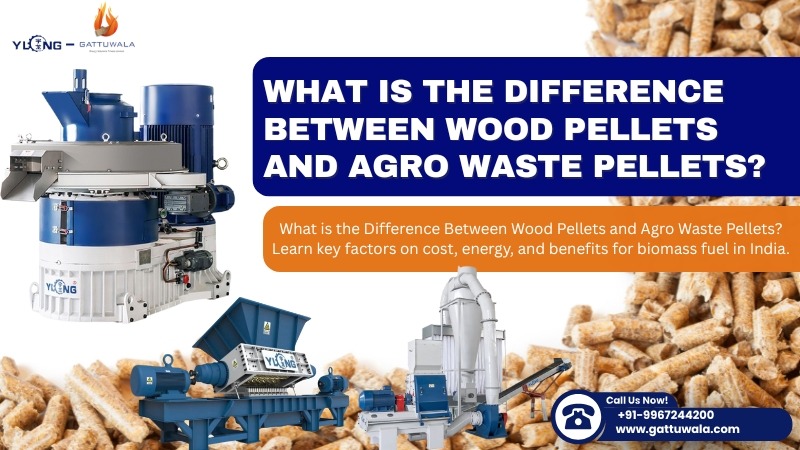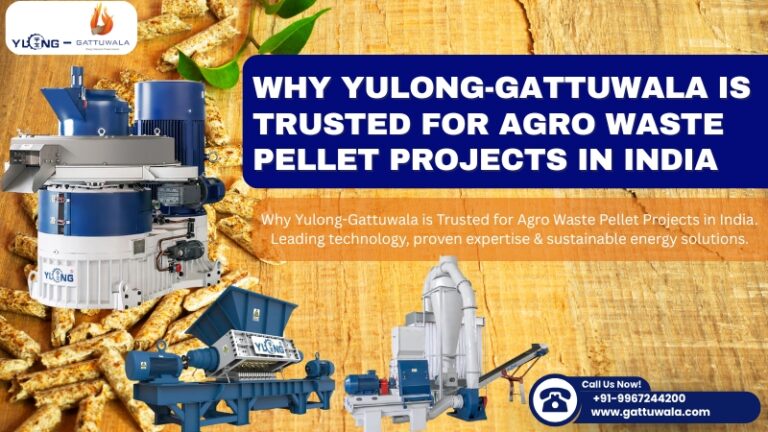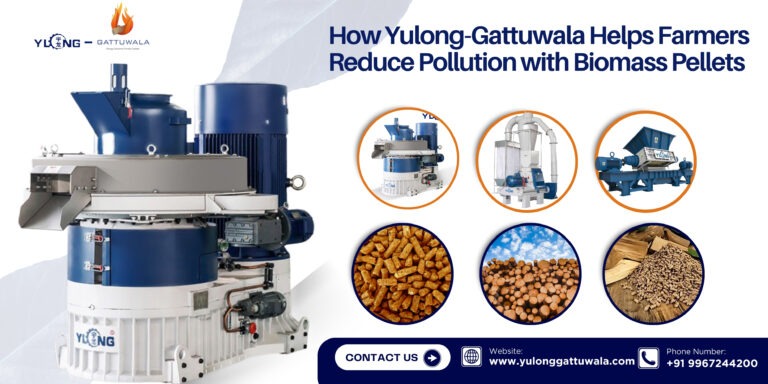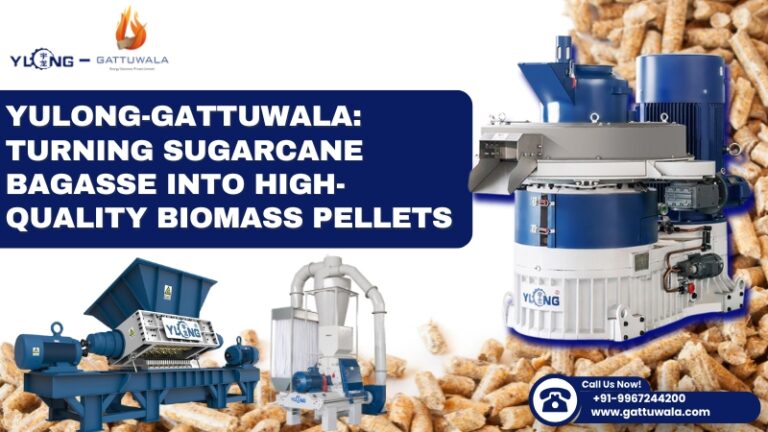- August 29, 2025

As India moves towards renewable energy and eco-friendly alternatives, biomass pellets have become an attractive solution for industries and households alike. Among the most widely used pellets are wood pellets and agro waste pellets. Both play a vital role in reducing carbon emissions and offering sustainable fuel options, but they differ in their raw material, production process, cost, and performance. If you’re planning to set up a biomass pellet project or use pellets as fuel, understanding these differences is crucial.
1. Raw Material Source
• Wood Pellets:
Made from sawdust, wood shavings, forestry residues, and wood chips. These are typically sourced from timber mills or wood-processing industries.
• Agro Waste Pellets:
Produced using crop residues such as rice husk, paddy straw, sugarcane bagasse, corn stalks, cotton stalks, groundnut shells, and other agricultural by-products.
👉 Key Difference: Wood pellets come mainly from forestry and timber waste, while agro pellets utilize agricultural residues left after harvesting.
2. Production Process
• Wood Pellets:
The process involves drying wood sawdust, grinding it into fine powder, and compressing it into uniform pellets using a pellet machine.
• Agro Waste Pellets:
Agro residues need more pretreatment. They are often fibrous and high in silica, so additional grinding, moisture control, and binder usage may be required before pelletizing.
👉 Key Difference: Agro waste requires more preparation due to its diverse properties, while wood is relatively easier to process.
3. Calorific Value (Energy Output)
• Wood Pellets:
High calorific value, generally ranging from 4,500–4,800 Kcal/kg. They burn efficiently with less ash content.
• Agro Waste Pellets:
Slightly lower calorific value, around 3,800–4,200 Kcal/kg, depending on the type of crop residue used. They also produce more ash due to higher silica content.
👉 Key Difference: Wood pellets give higher energy output with lower ash, whereas agro pellets are more affordable but require more frequent ash cleaning.
4. Cost Factor
• Wood Pellets:
Relatively expensive because wood residues are limited and demand is high, especially in export markets.
• Agro Waste Pellets:
Cost-effective, as agricultural residues are abundantly available in India. This makes agro pellets highly attractive for local industries and power plants.
👉 Key Difference: Agro waste pellets are cheaper and ideal for large-scale industrial fuel, while wood pellets are more popular in premium domestic and export markets.
5. Environmental Impact
• Wood Pellets:
Sustainable if made from waste wood, but large-scale use may contribute to deforestation if not sourced responsibly.
• Agro Waste Pellets:
Directly help farmers reduce stubble burning, which is one of the leading causes of air pollution in India. By converting residues into pellets, agro waste offers a double benefit: reducing pollution and providing renewable fuel.
👉 Key Difference: Agro pellets directly address the stubble burning crisis, making them more impactful for India’s environmental needs.
Both wood pellets and agro waste pellets are efficient biomass fuels that contribute to India’s clean energy mission. However, their applications differ:
• Wood Pellets – Higher calorific value, lower ash, but costlier. Best suited for export markets and premium domestic heating.
• Agro Waste Pellets – Economical, widely available, and environmentally beneficial for reducing farm residue pollution. Best suited for industrial boilers, power plants, and local energy projects.
If you’re considering investing in pellet production in India, Yulong-Gattuwala provides world-class pellet machines and complete plant solutions tailored to both wood and agro waste. By adopting biomass pellet technology, industries and farmers can save costs, reduce pollution, and move closer to sustainable energy.
👉 Yulong-Gattuwala truly transforms pollution into opportunity, making agriculture cleaner and more profitable.
📞 Interested in setting up a biomass pellet plant in India? Contact Gattuwala Energy for expert consultation, equipment, and government subsidy support.





santosh bajaj
September 2, 2025please send detils for bio mass pillet plant
ashu
September 4, 2025check your mail sir